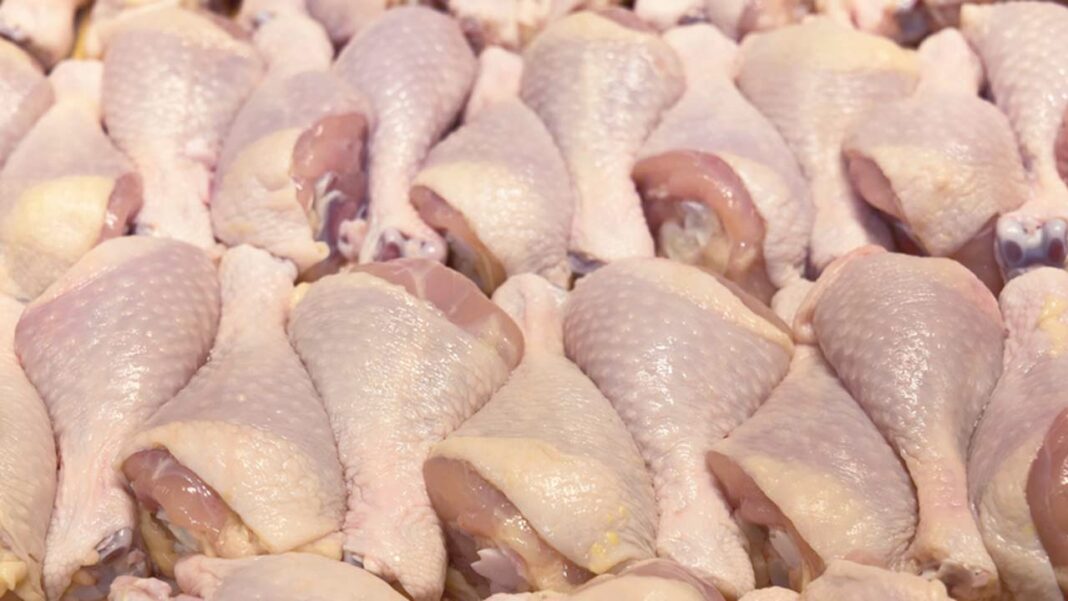Porto Alegre, June 2, 2021 – May was marked by a very interesting movement for chicken farming. The prices of live and frozen chicken found room for reaction, unlike those of competing proteins. Chicken has gained market share in 2021. Even with higher prices, it remains much more competitive than other competing proteins, mainly beef. These dynamics were already expected in a year of slow recovery of economic activity. Average consumers end up opting for products that have a lower impact on their average income. In the case of the meat sector, the preference is for chicken and eggs.
Beef remains at a very prohibitive level. The price of fattened cattle this year has required constant highs to the production chain. However, the average consumer is unable to absorb new adjustments and opts for the aforementioned migration. The difficult price transfer along the production chain increases the revenue gap between the meat-packers accredited to export and those operating only in the domestic market. Another consequence is that meat-packers try to pass on part of this additional cost in the sale of derivatives, such as meat flour, blood and viscera, besides beef tallow and green leather, products that have their prices near all-time highs.
For pork, the market has been extremely volatile in 2021. May was marked by an intense decline in indications, with oversupply in a large part of the country. Most consumers choose chicken, and many simply ignore the intermediate protein when it comes to prices. In any case, there is a better exchange ratio, which could increase pork consumption in June.
For chicken and pig farming, the need to continue the upward movement is explicit, since animal nutrition costs remain at a very high level. Corn prices even showed some retreat during the second half of the month, however, the general structure remains inflated. The increase in the cost of electricity, fuel, packaging, all these additional costs need to be passed on in one way or another, this is the only way to keep profitability in balance.
The second half will be marked by greater room for adjustments, considering the possible advance of vaccination, which is the key element for the resumption of economic activity without the risk of a collapse of the health system. With a very evident upward trend for fattened cattle and, to a lesser extent, beef, there is a growing trend to readjust pork and especially chicken. Moreover, Brazilian agribusiness remains focused on exports as a major source of revenue, something perfectly understandable amid the uncertainties surrounding the resumption of the domestic market in a year of great appetite by China.
SAFRAS Latam

